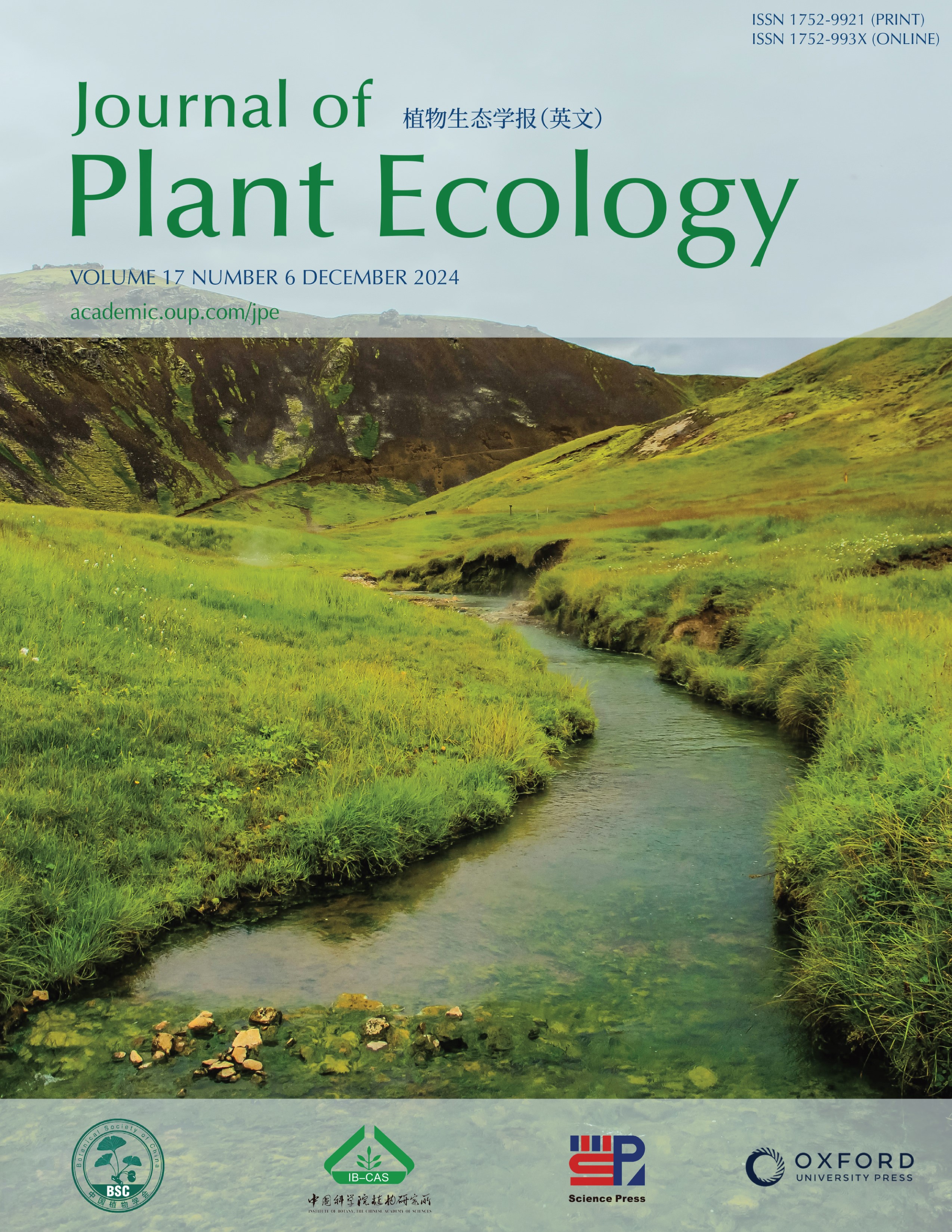Current Issue
-
 Volume 17 Issue 6
Volume 17 Issue 6
As temperatures rise in spring, northern vegetation embarks on its green-up, marking the onset of a vibrant growing season. In the Northern Hemisphere, climate warming over the past 40 years has led to an earlier onset of spring green-up. However, temperature responses vary across different stages of green-up. Notably, the middle stage of green-up shows a stronger response to temperature than the onset, particularly in high-latitude regions, and it also exhibits a greater response than the end stage in most areas. This nuanced understanding of temperature-vegetation dynamics is crucial for assessing the ecological impacts of climate change. Photo of an Icelandic landscape by Misha Levko. See Jiang et al. in this issue.
IF: 3.9
CiteScore: 5.7
CiteScore: 5.7
Editors-in-Chief
Yuanhe Yang
Bernhard Schmid
Yuanhe Yang
Bernhard Schmid
CN 10-1172/Q
ISSN 1752-9921(print)
ISSN 1752-993X(online)
ISSN 1752-9921(print)
ISSN 1752-993X(online)







